UserTesting research flags social media shopping boom as Americans regularly use Facebook, Instagram, TikTok
Based on their shopping habits on social media, Americans have the potential to spend upwards of $59 billion, according to a new study from UserTesting.
The poll of 2,000 US adults found that 68% have shopped through their social media feeds, and the average person would willingly spend a maximum of $262 on any single item they come across.
Respondents were found to use Facebook (85%), Instagram (49%) and TikTok (38%) on a regular basis. However, 75% admitted a ban on TikTok would have "little to no" impact on how they shop.
They like using these platforms for shopping because it makes the experience easier or more convenient (33%), they’re already on social media often enough (32%), and because they can see exactly how products are used or how they perform (30%).
People also said they prefer this way of shopping because they see better deals offered on social media (26%), it’s more fun and exciting (22%) and it’s easier to search than a physical store (20%).
The survey found 72% of purchases are unplanned and spontaneous - people were buying everything from clothing (52%) to gifts (33%), shoes and accessories (33%), beauty products (30%) and even electronics (28%).
62% were generally satisfied with the products they’ve bought through social media, compared to traditional online retailers. Similarly, 68% described their average experience as positive.
47% said they’d likely purchase something seen on social media if they see others using it, and one in five respondents have experienced a fear of missing out (FOMO) from seeing others use advertised items.
Although 46% of respondents reported purchasing items through social media that did not match their advertisements, nearly three-quarters indicated they would continue to use the same platforms for future shopping.
A fifth have also used social media platforms as a way to participate in livestreaming shopping events, and 83% of them likely purchase products shown as a result.

“The online shopping habits of Americans have been evolving. This current wave of social media shopping shows the combined power of micro-targeting and social proof,” says Lija Hogan, Principal of Enterprise Research Strategy at UserTesting. “It’s easy and embraces the habits people have already developed with social media.
“Social media often plays on several levels; not only do you have the brand telling the story, but the reactions of customers in comments function as social proof — ratings and reviews in the form of a narrative.”
“While this could be risky, the confidence of brands who show the ability to be open and address questions or challenges in public may reinforce the positive feelings customers build.”
The study also found that, over everything else, Americans primarily use social media as a method of product discovery before making purchasing decisions.
Many use their feeds to either read product reviews (22%), research products (20%), or gain inspiration for how to use products (15%). And the reviews can be make or break: 53% would be less likely to purchase a product if they see negative reviews.
88% said they’d likely trust others, including their family members (32%), friends (28%) and significant others (14%), to show them products they'd like.
A third said they’d trust influencers to review products, but many said they’d lose trust if they learned influencers were being sponsored by the company whose product it is (28%), if the review is biased (26%) or if they don’t point out any drawbacks (26%).
Further, 58% said they would scroll past a sponsored post on social media.
37% tend to either love or like the ads they see, citing the ads as helpful ways to find new products they’ve never seen before (66%) or show them what’s currently trendy (35%).
Meanwhile, 18% aren’t fond of ads, saying they disrupt how they use social media (63%) and aren’t interested in seeing what’s going viral (44%).
“People have always valued the opinions of friends and family when shopping, but social media shopping adds another dimension by allowing shoppers to observe others reacting to reviews and sharing their experiences with products,” says Hogan.
“As the value of ratings and reviews increases, people will put more trust and weight behind other people’s direct experiences with products when making buying decisions.”


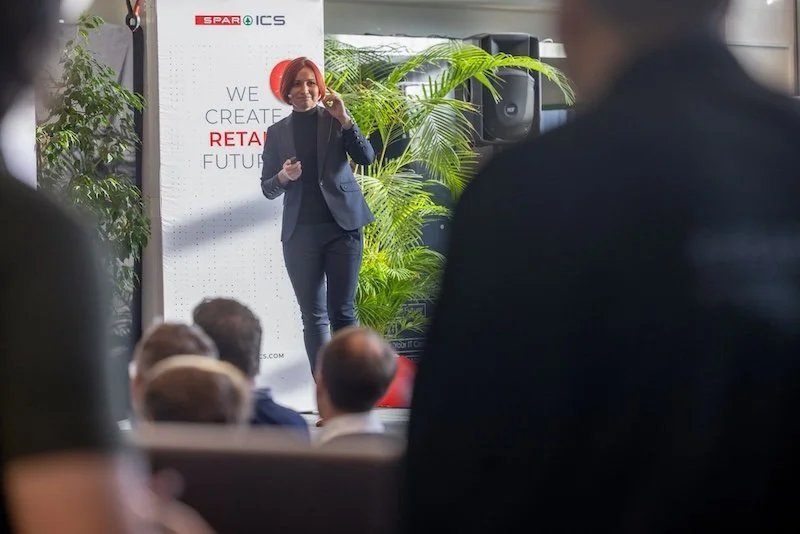




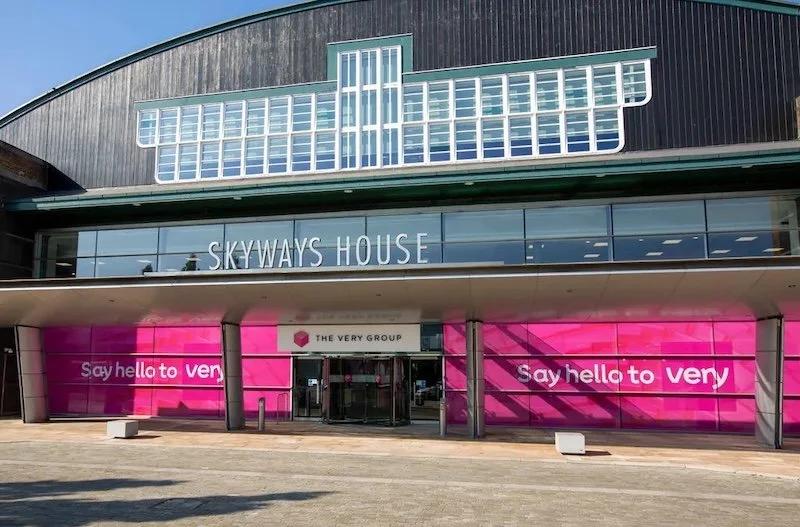



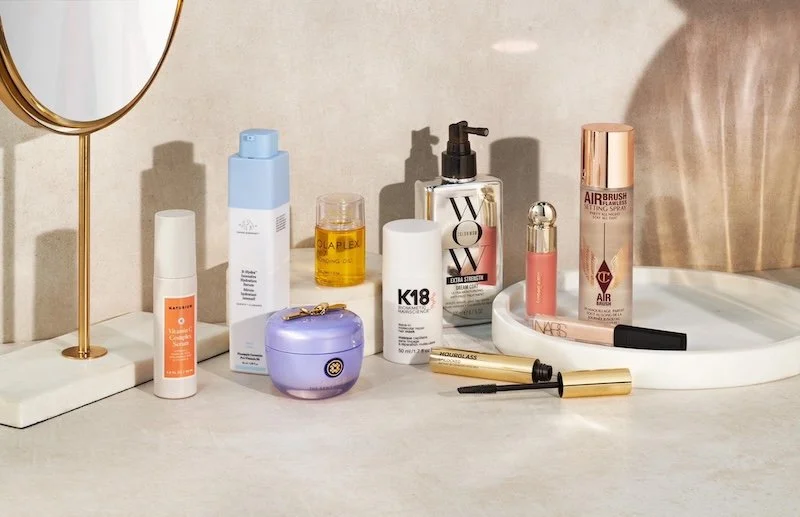
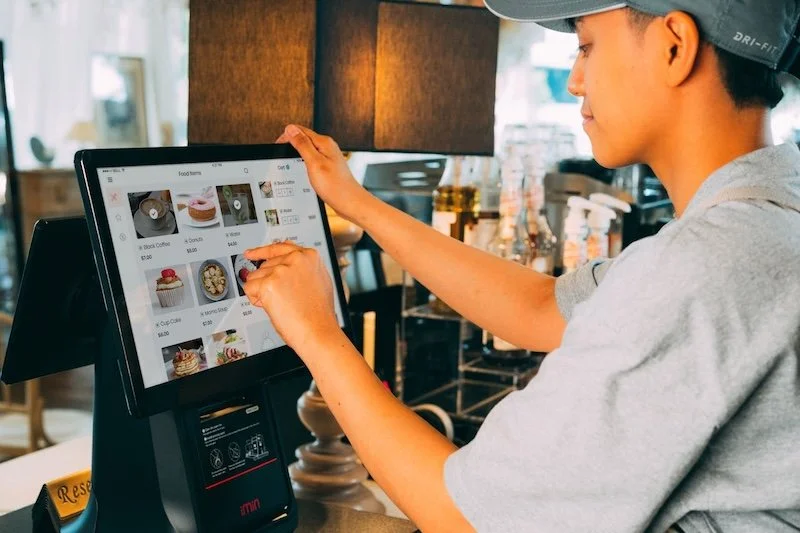



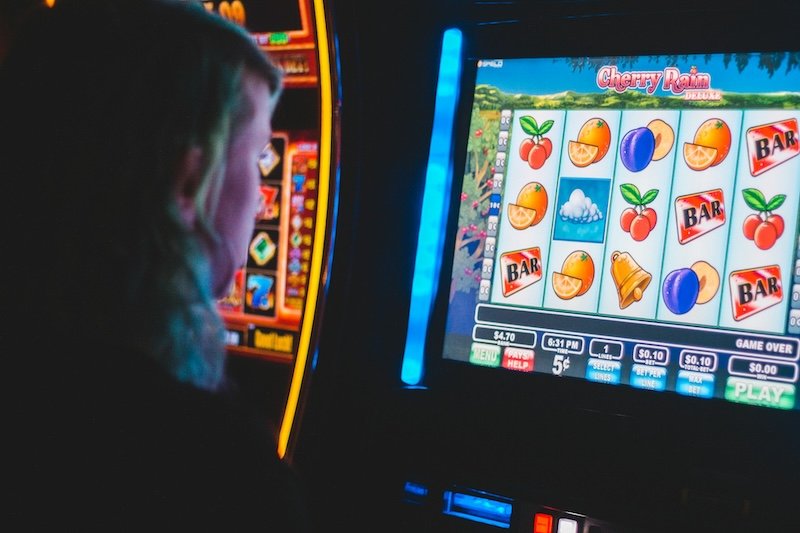













Continue reading…